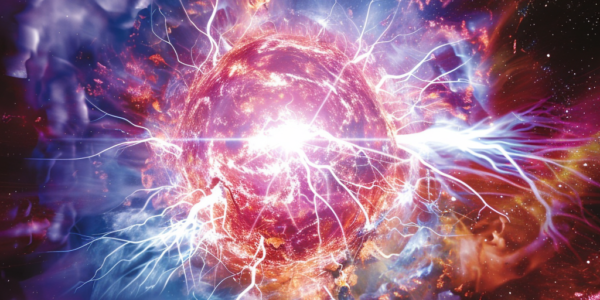Pulsars May Illuminate Dark Matter Mysteries Through Axion Detection
Recent advancements in astrophysics reveal that rapidly spinning neutron stars, or pulsars, may play a crucial role in detecting dark matter through the production of axions. Research from the University of Amsterdam suggests these elusive particles could be generated in significant quantities, offering new insights into the universe’s mysteries and the fundamental nature of dark matter.
Neutron Star Mergers Shed Light on Dark Matter
Neutron star mergers provide new physics signals that could shed light on dark matter, according to a study by Washington University in St. Louis. The study, led by physicist Bhupal Dev, establishes constraints on axion-like particles using observations from the 2017 neutron star merger event, GW170817. These particles are prime candidates for constituting dark matter and could bridge the gap between the visible and dark sectors of the universe.


